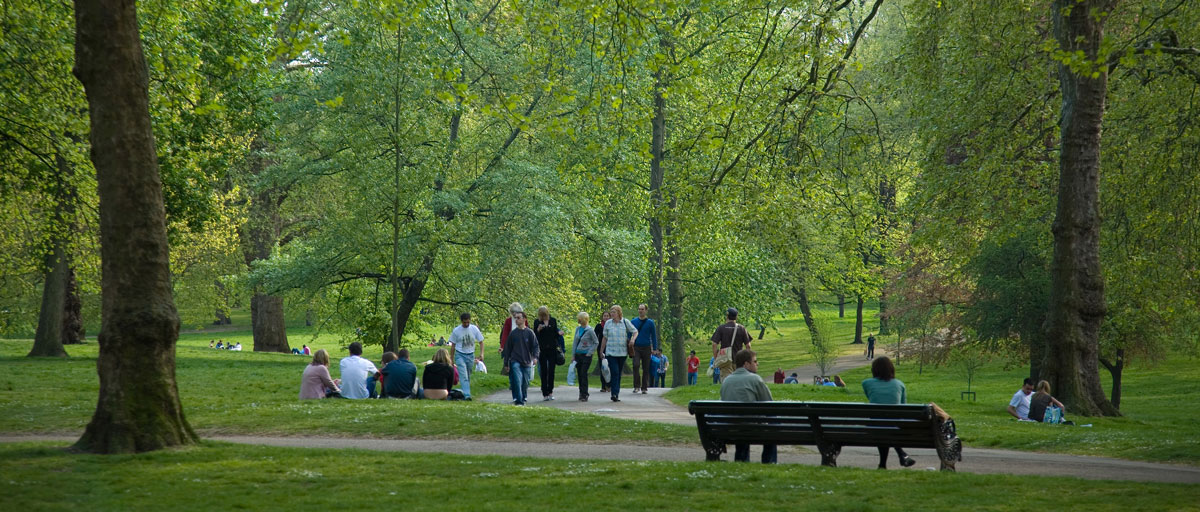URBAN NATURE AND HEALTH
For urbanites, green areas boost wellbeing
Researchers plan to equip city planners with tools to create healthier, more sustainable cities around the world
- A new paper published closes an important gap in understanding how building nature into cities can support overall human wellbeing
- Researchers combined decades of public health research with information on nature’s benefits to people in cities
- The research will serve as the basis for a new health model in Natural Capital Project software and be available to anyone interested in new arguments and tools for targeting investments in nature in cities
NATURE IS THE BEST GYM: There’s more to the beauty of trees. They may actually make you go for a longer stroll or choose to bike to work
It’s widely understood that physical activity improves human health, but how parks, lakes, trees and other urban green spaces boost physical activity and overall wellbeing is an unsolved piece of the puzzle. A new paper published in Proceedings of the National Academy of Sciences closes an important gap in understanding how building nature into cities can support overall human wellbeing.
Over the past year of shelter-in-place restrictions, we’ve learned how valuable and fulfilling it can be to spend time outdoors in nature, especially for city-dwellers.
Lead author Roy Remme
Dog walking, jogging, gardening…
The researchers, including centre researcher Therese Lindahl, explored how people might choose to walk an extra few blocks to enjoy a blooming garden or bike to work along a river path, reaping the health benefits of physical activity they may have missed if not motivated by natural spaces.
They combined decades of public health research with information on nature’s benefits to people in cities. They considered how activities like dog walking, jogging, cycling and community gardening are supported by cities’ natural spaces.
They also factored in things like distance to urban greenery, feelings of safety and accessibility to understand how those elements can alter the benefits of nature for different people.
From tree-lined sidewalks to city parks and waterfronts, the team created a model framework to map out urban nature’s physical health benefits.
Healthy, equitable and sustainable
In Amsterdam, city planners are currently implementing a new green infrastructure plan. Using the city as a hypothetical case study, the researchers applied their framework to understand how Amsterdam’s plans to build or improve new parks might affect physical activity for everyone in the city.
The research will serve as the basis for a new health model in Natural Capital Project software— the free, open-source tools that map the many benefits nature provides people. The software was recently used to inform an assessment of 775 European cities to understand the potential of nature-based solutions for addressing climate change.
Eventually, the new health model software will be available to city planners, investors and anyone else interested in new arguments and tools for targeting investments in nature in cities.
“Our ultimate goal is to create more healthy, equitable and sustainable cities and this research gets us one big step closer,” says Anne Guerry, co-author and Chief Strategy Officer at the Natural Capital Project.

Remme, R.P., Frumkin, H., Guerry, A.D., King, A.C. et.al. 2021. An ecosystem service perspective on urban nature, physical activity, and health. PNAS June 1, 2021 118 (22) e2018472118; https://doi.org/10.1073/pnas.2018472118









